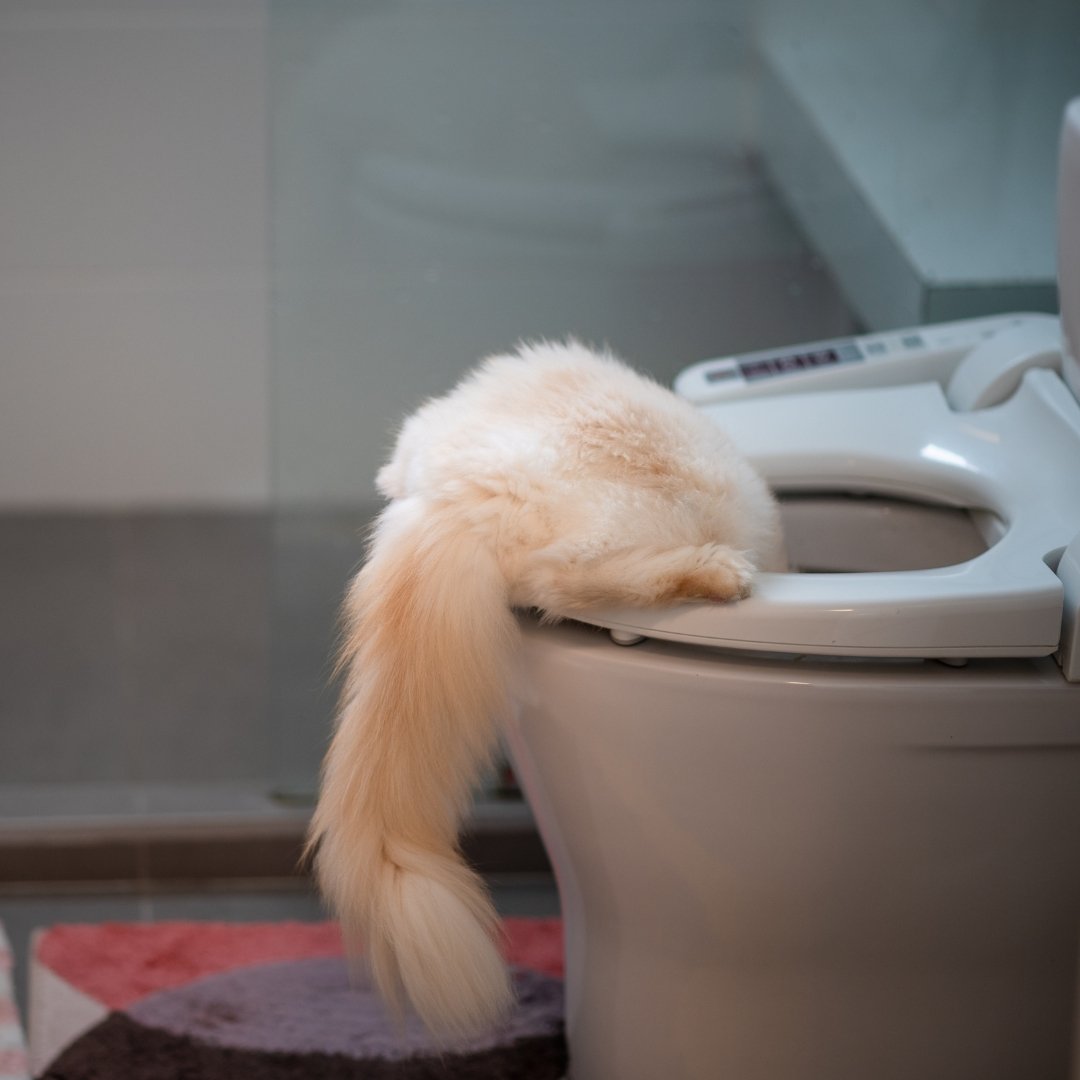Hazards of Flushing Cat Poop Down Your Toilet - Avoid Possible Issues
Hazards of Flushing Cat Poop Down Your Toilet - Avoid Possible Issues
Blog Article
Right here down the page you can locate some good quality data pertaining to How to Dispose of Cat Poop and Litter Without Plastic Bags.
Introduction
As pet cat owners, it's important to bear in mind how we deal with our feline friends' waste. While it may seem convenient to purge cat poop down the bathroom, this technique can have damaging consequences for both the atmosphere and human wellness.
Environmental Impact
Flushing feline poop presents hazardous microorganisms and bloodsuckers into the supply of water, presenting a substantial threat to aquatic communities. These pollutants can negatively affect aquatic life and compromise water high quality.
Health and wellness Risks
Along with environmental issues, flushing cat waste can also pose wellness threats to human beings. Feline feces may contain Toxoplasma gondii, a bloodsucker that can trigger toxoplasmosis-- a potentially severe ailment, especially for expecting females and people with damaged immune systems.
Alternatives to Flushing
Thankfully, there are safer and more liable means to deal with cat poop. Take into consideration the adhering to alternatives:
1. Scoop and Dispose in Trash
One of the most usual approach of throwing away feline poop is to scoop it right into a naturally degradable bag and throw it in the garbage. Make sure to make use of a dedicated clutter scoop and deal with the waste immediately.
2. Use Biodegradable Litter
Opt for biodegradable pet cat trash made from materials such as corn or wheat. These clutters are environmentally friendly and can be safely taken care of in the garbage.
3. Bury in the Yard
If you have a lawn, consider hiding cat waste in a marked area far from vegetable gardens and water resources. Be sure to dig deep adequate to prevent contamination of groundwater.
4. Set Up a Pet Waste Disposal System
Buy an animal garbage disposal system specifically created for pet cat waste. These systems use enzymes to break down the waste, decreasing smell and ecological impact.
Final thought
Accountable animal ownership extends past giving food and sanctuary-- it likewise includes proper waste monitoring. By avoiding flushing cat poop down the toilet and going with alternate disposal methods, we can minimize our ecological footprint and shield human health and wellness.
Why You Should NEVER Flush Cat Poop (and/or Litter) Down Your Toilet
The Problem with Litter
The main function of litter is to solidify and adhere to your cat’s waste. While this makes litter excellent for collecting cat poop and urine, it’s also the exact property that makes it a nightmare when flushed down the toilet.
Cat litter can and will clog pipes. There is non-clumping litter, but it’s still quite heavy and can build up in pipes. This is true even of supposed “flushable litter.”
The problems only compound when the litter is already clumped into cat waste. Toilet paper is among the more flushable things, and even too much of that will clog a toilet.
The Problem with Cat Poop
Sewers and septic systems are designed with human waste in mind. The microbes that help break down human waste don’t work on cat waste. Additionally, cat poop plays host to the parasite Toxoplasma gondii.
When flushed, this parasite can enter the environment in places it was never meant to, posing a risk to pregnant women, their unborn children, and other people with compromised immune systems. While it might not seem possible, flushing cat poop can indeed introduce this parasite to the public water supply.
These reasons are why, even if you’ve trained your cat to go on the toilet and flush, which is possible, it’s still not a good idea. Also, pregnant women and the immunocompromised shouldn’t change litter, either.
How to Handle Litter
The best way to handle litter is to simply put it in a plastic bag and place it in the trash. Avoiding environmental risks and possible plumbing damage is worth the extra effort.
You can also invest in devices that seal away your cat’s waste in a separate compartment, so you don’t have to change the litter nearly as often. They’re also safer for pet owners because they limit the possibility of Toxoplasma gondii exposure.
Disposing of litter the old-fashioned way will ensure you won’t have to worry about any issues that flushing the waste can potentially cause.
Take Care of Clogged Pipes with Stephens Plumbing, Heating & Air Conditioning
The reasons you should never flush cat poop down your toilet are numerous, but sometimes the inevitable happens despite your best efforts.
Stephens Plumbing, Heating & Air Conditioning is ready to help if you’re experiencing litter-blocked plumbing. Whether you need us in an emergency or want to schedule regular maintenance, we’re here for you.
https://www.stephensplumbing.net/bathroom-plumbing/never-flush-cat-poop-down-your-toilet/

I am just very excited about How to Dispose of Cat Poop and Litter Without Plastic Bags and I hope you enjoyed reading the new post. Be sure to take a moment to share this blog if you appreciated it. I take joy in reading our article about Can You Flush Cat Poop Down The Toilet?.
Click Here Report this page